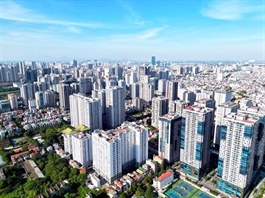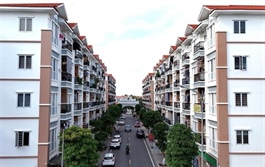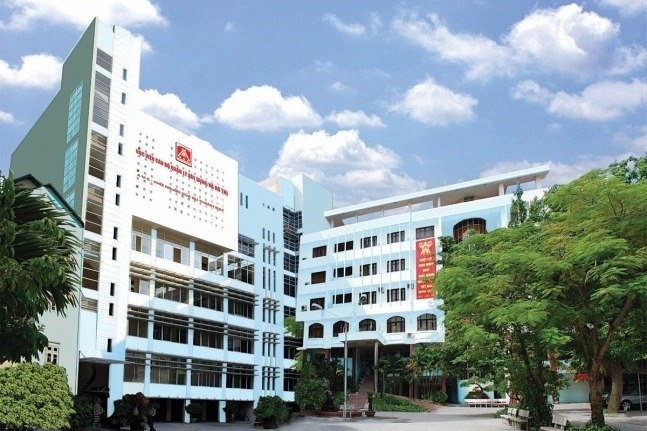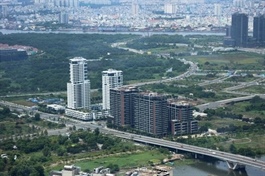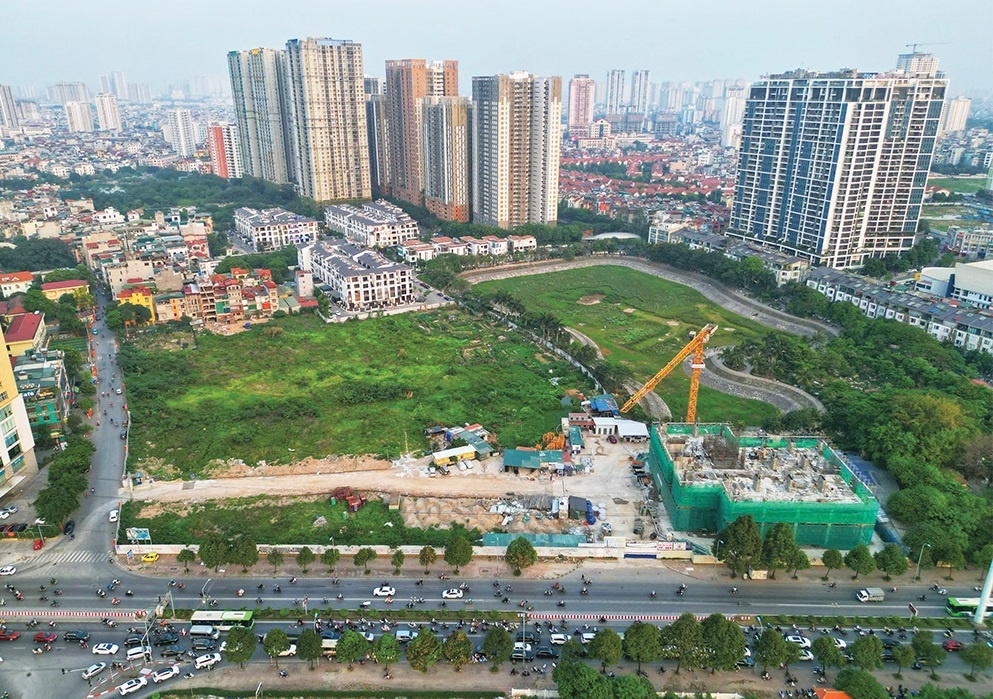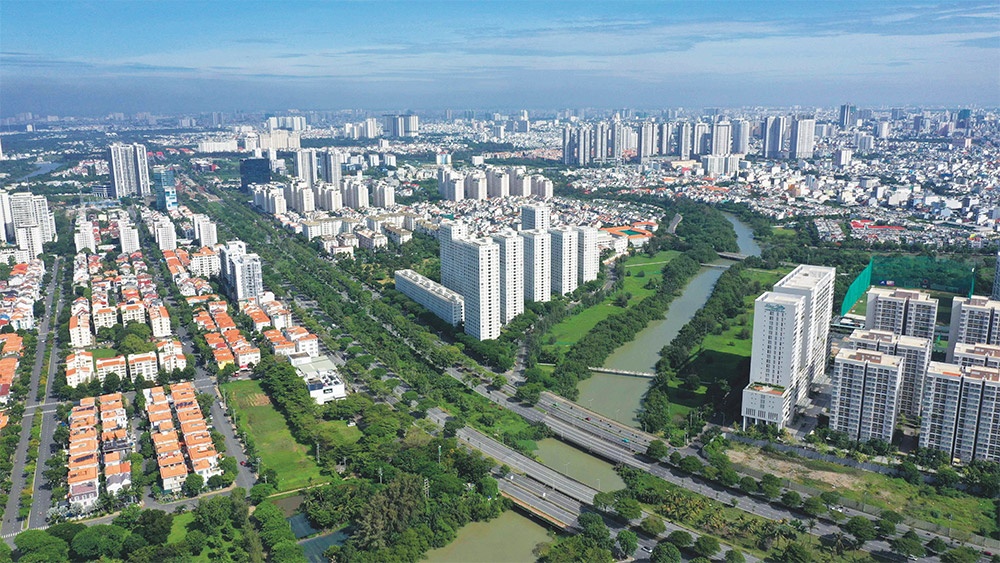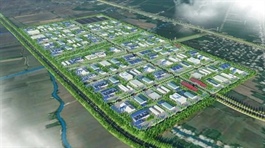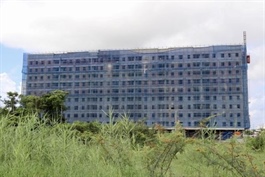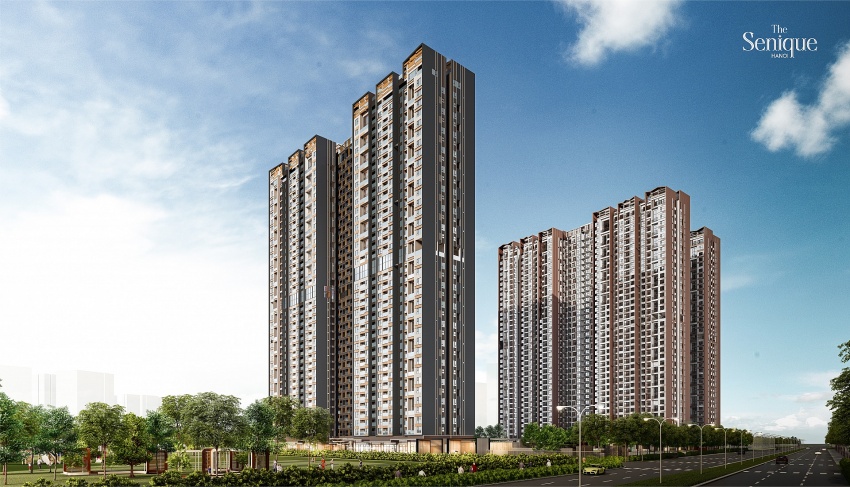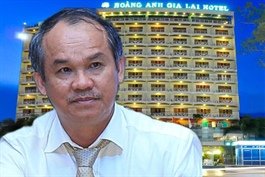Ready-built factories aim for official green certifications
Ready-built factories aim for official green certifications
Many ready-built factory developers are on track to develop green buildings meeting international standards.
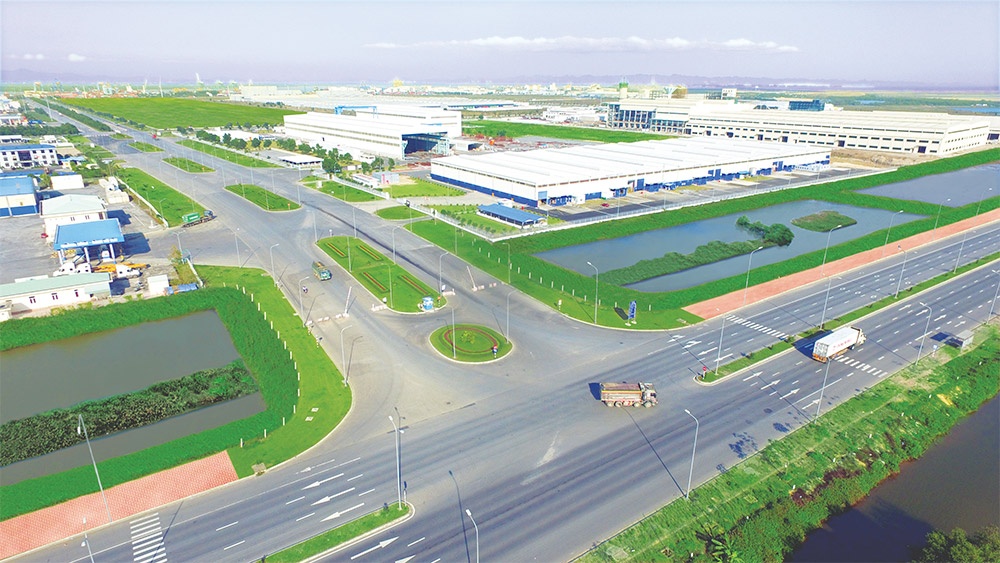
On August 2, KCN Vietnam Group broke ground for the second phase of KCN Deep C Haiphong. This phase of the warehouse and factory project at Deep C Industrial Park in Haiphong, upon completion in Q1 of next year, will add over 80,000 square metres of high-quality ready-built factories (RBFs) and ready-built hybrids (mixed-use warehouse and factory), bringing the total leasable floor area of the entire project to more than 150,000sq.m.
The inaugural project by KCN aims to achieve LEED Silver certification. It will ensure optimal energy and resource use, potentially saving up to 25 per cent in energy and reducing water consumption by 10 per cent, while significantly lowering carbon emissions compared to traditional projects.
This initiative would potentially offer financial advantages, while also enhancing employee satisfaction and productivity, ultimately benefiting the community. KCN aims to have two LEED-certified projects by the end of 2025.
In Vietnam, LEED standards developed by the US Green Building Council have primarily been applied to commercial properties.
Hardy Diec, COO of KCN Vietnam Group, said, “Developing green industrial areas, associated with circular economy, cleaner production, and the efficient and economical use of resources, is increasingly becoming a mainstream trend. We believe in and aspire to embed environmental values, social principles, and governance into the core of our company’s DNA.”
“Standardising projects to meet green certification standards certainly presents many challenges; however, we have full confidence in our strategic partners with experience in developing green buildings, as well as in the long-term environmental, economic, and welfare benefits it brings to our employees, customers, community, and the overall development of the nation,” he added.
As Vietnam actively aims for net-zero emissions by 2050, the industrial property sector plays a crucial role in promoting a green economy. Thus, several other RBF developers are targeting green buildings that meet renowned international standards such as LEED, Lotus, or EDGE.
Frasers Property Vietnam, a Singapore-headquartered multinational real estate developer, manages more than 180 hectares of industrial land in key strategic locations in Vietnam. A year ago, its Eco Logistics Centre in My Phuoc 3 IP in Binh Duong province was the first RBF project in Vietnam to be certified as a LEED green building. Moreover, its industrial and logistics expansion into north Vietnam is aimed at a minimum certification of LEED Silver.
The rising demand and implications of environmental, social, and governance norms are prompting real estate developers in Vietnam to invest in green assets. For example, LOGOS, SLP, Emergent, and other RBF developers are increasingly incorporating energy-saving measures such as proof lighting, solar energy, and other features to make their buildings greener.
SLP, a member of GLP Group, owns many LEED-certified projects in northern localities such as Bac Ninh and Haiphong.
“SLP places a premium on environmental protection and green building certifications throughout the development and asset acquisition process. Internally, the company invests in enhancing service quality, including the installation of energy-efficient equipment and the creation of open spaces. SLP aims to have at least half of its projects LEED-certified,” said Edwin Chee, COO of SLP Vietnam.
Dao The Anh, chairman of RSL Group – a promotion and consulting service provider – said almost all foreign investors in Vietnam are small in size, and are very interested in the pre-built, RBF model. However, they also have strict requirements for this model.
“When discussing with investors about their demand on facilities in Vietnam, several require their buildings and factories reach international qualifications. Therefore, buildings and industrial property owners must adapt the green and environmental protection criteria into their projects to create competitive advantages,” Anh said.



